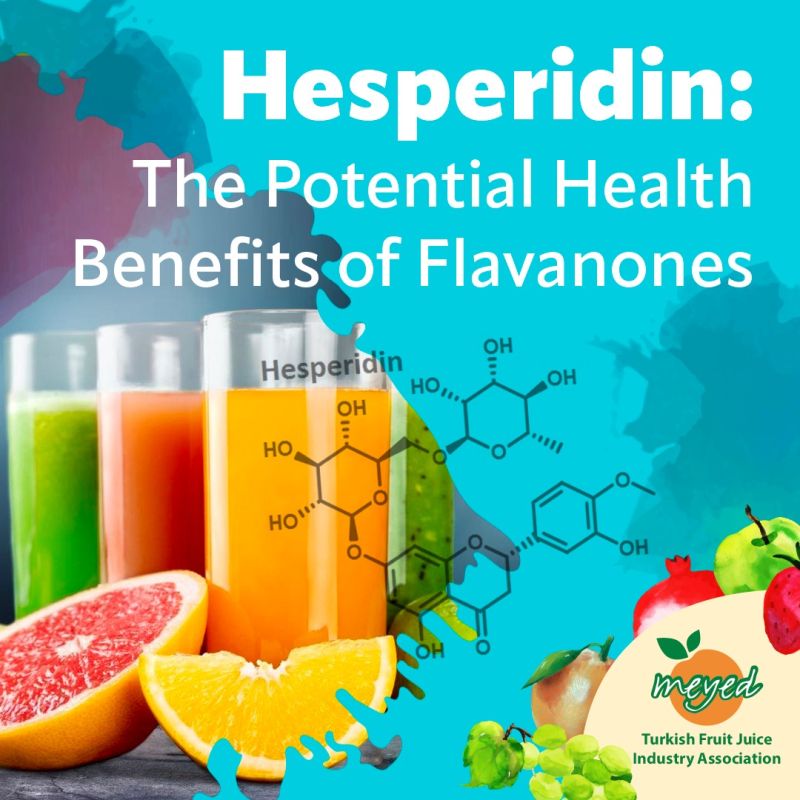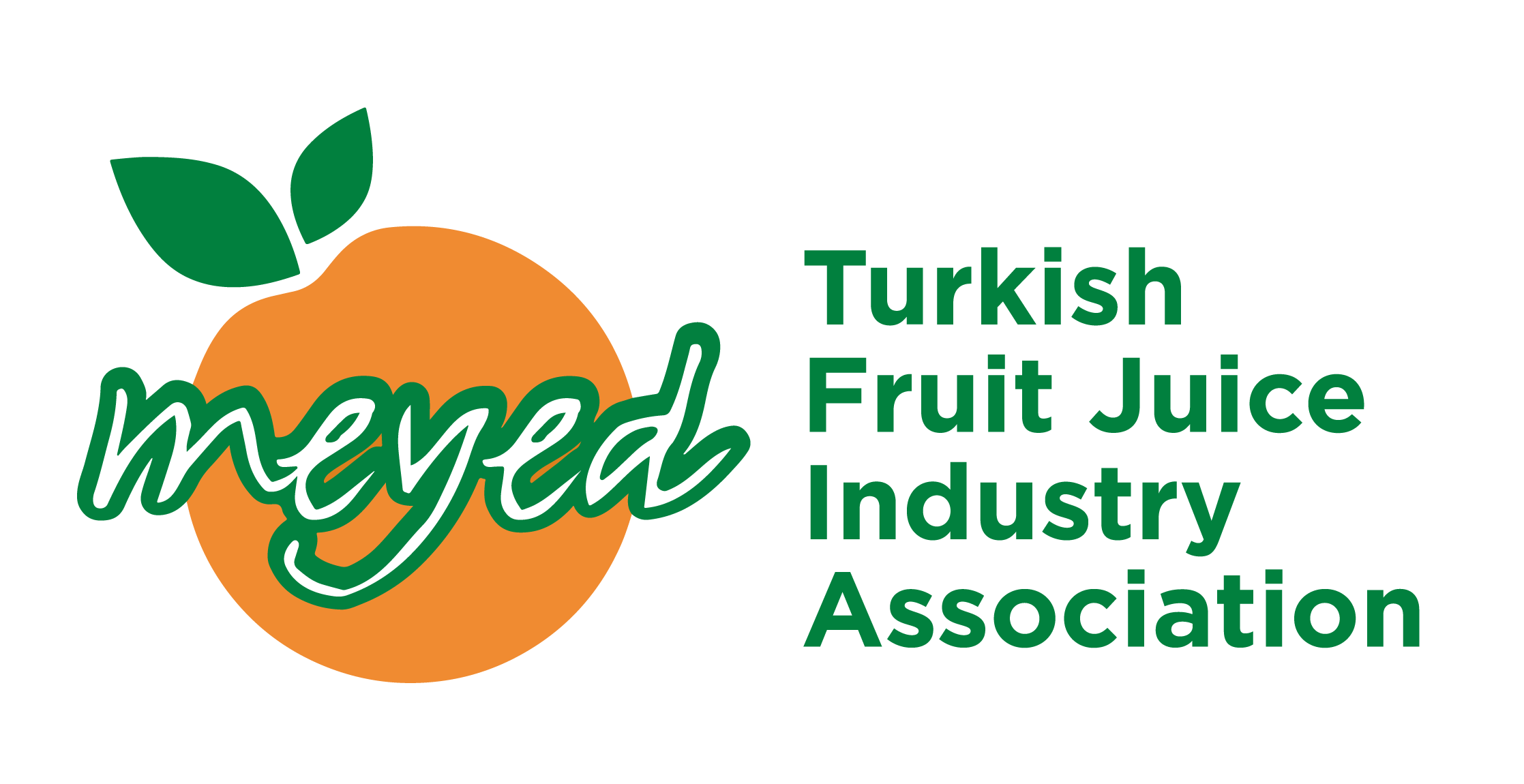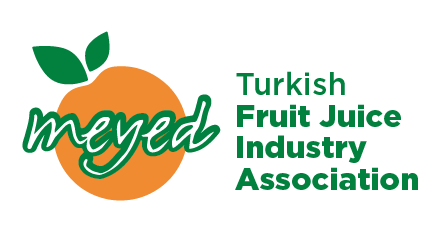
Flavonoids are bioactive compounds naturally found in plants and have positive effects on human health. One such compound, hesperidin, is abundant in citrus fruits, particularly in their peels, pulp, and juices.
Orange juice is known for its richness in vitamin C, folate, and potassium. However, it is also an important source of beneficial flavanones with antioxidant properties, such as hesperidin, naringin, and narirutin. Studies suggest that one glass (150 mL) of orange juice can provide approximately 78 mg of hesperidin. Interestingly, the hesperidin content in orange juice (520 mg/L) may exceed its vitamin C content (450 mg/L). Hesperidin is converted by gut bacteria into hesperetin, a biologically active form that is more easily absorbed by the body.
Research on hesperidin has revealed various physiological effects. In one study, consuming 100% orange juice rich in flavanones for eight weeks significantly improved overall cognitive function compared to a control group following a polyphenol-limited diet.
Studies have shown that hesperidin consumption leads to significant reductions in total cholesterol, LDL levels [3], and the HDL-to-LDL ratio [4], as well as decreases in diastolic [5] and systolic blood pressure [6].
In eight different studies, the effects of hesperidin on oxidative stress biomarkers were evaluated, and significant reductions in lipid peroxidation levels were observed.
Additionally, studies conducted on animal models support the potential health benefits of hesperidin. Its role in preventing bone loss, reducing serum and liver lipids, cardioprotective properties, and antioxidant effects has been reported. However, while animals and humans share biological similarities, these findings should be interpreted with caution and validated through human clinical studies.
Furthermore, long-term human studies are needed to confirm the potential health effects of hesperidin detailed above.
[1] Manarch C. et al. (2005), Bioavailability and bioefficacy of polyphenols in humans. I. Review of 97 bioavailability studies, Am J Clin Nutr 81, 230–242. [2] Kean, R. J., D. J. Lamport, G. F. Dodd, J. E. Freeman, C. M. Williams, J. A. Ellis, L. T. Butler, and J. P. E. Spencer. 2015. Chronic consumption of flavanone-rich orange juice is associated with cognitive benefits: An 8-wk, randomized, double-blind, placebo-controlled trial in healthy older adults. American Journal of Clinical Nutrition 101 (3):506–14. doi: 10.3945/ajcn.114.088518.[3] Dourado, G. K. Z. S., and T. B. Cesar. 2015. Investigation of cytokines, oxidative stress, metabolic, and inflammatory biomarkers after orange juice consumption by normal and overweight subjects. Food & Nutrition Research 59 (1):28147. doi: 10.3402/fnr.v59.28147. [5] Morand, C., C. Dubray, D. Milenkovic, D. Lioger, J. F. Martin, A. Scalbert, and A. Mazur. 2011. Hesperidin contributes to the vascular protective effects of orange juice: A randomized crossover study in healthy volunteers. American Journal of Clinical Nutrition 93 (1):73–80. doi: 10.3945/ajcn.110.004945. [6] Valls, R. M., A. Pedret, L. Calderón-Pérez, E. Llauradó, L. Pla-Pagà, J. Companys, A. Moragas, F. Martín-Luján, Y. Ortega, M. Giralt, et al. 2021. Effects of hesperidin in orange juice on blood and pulse pressures in mildly hypertensive individuals: A randomized controlled trial (citrus study). European Journal of Nutrition 60 (3):1277–88. doi: 10.1007/s00394-020-02279-0. [7] Chiba, H., M. Uehara, J. Wu, X. Wang, R. Masuyama, K. Suzuki, K. Kanazawa, and Y. Ishimi. 2003. Hesperidin, a citrus flavonoid, inhibits bone loss and decreases serum and hepatic lipids in ovariectomized mice. The Journal of Nutrition 133 (6):1892–7. doi: 10.1093/jn/133.6.1892. [8] Selvaraj, P., and K. V. Pugalendi. 2010. Hesperidin, a flavanone glycoside, on lipid peroxidation and antioxidant status in experimental myocardial ischemic rats. Redox Report 15 (5):217–23. doi: 10.1179/135100010X12826446921509

